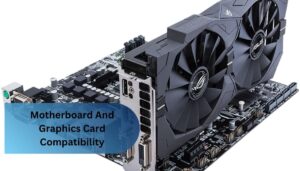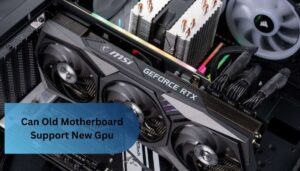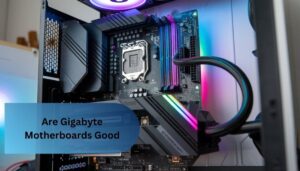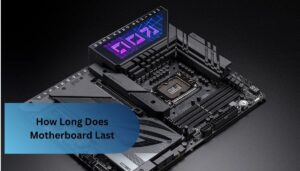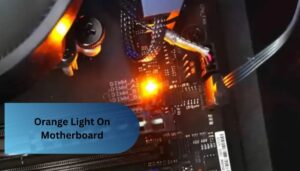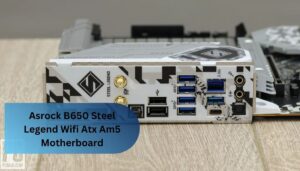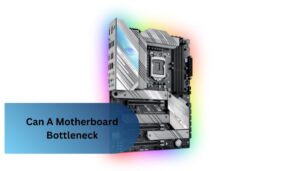What Graphics Cards Are Compatible With My Motherboard – A Unique Guide!
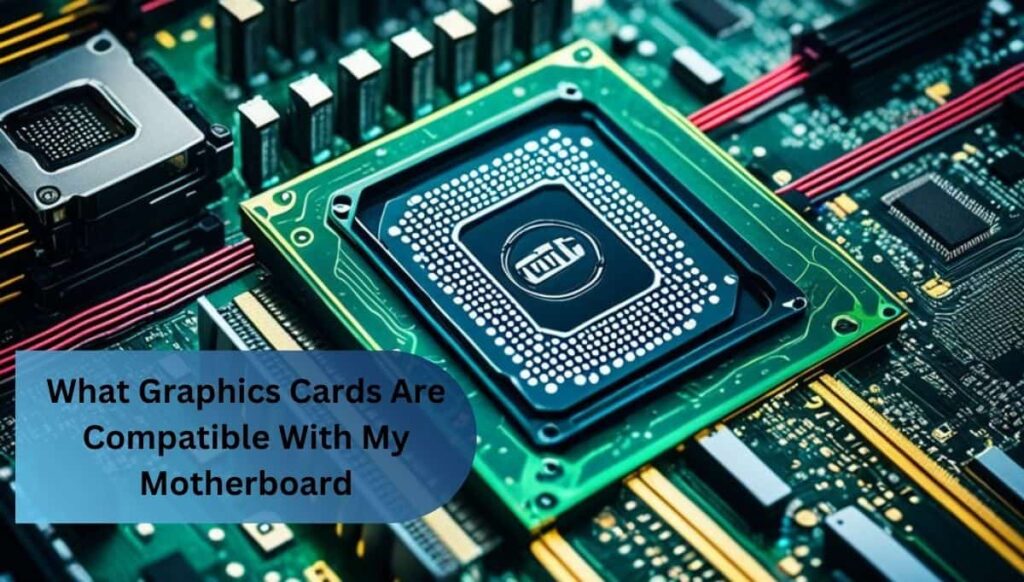
To find a compatible graphics card for your motherboard, first check its PCIe slot version (usually PCIe x16). Nearly all modern graphics cards will fit, but double-check for the power supply requirements and available space in your case.
Is My Motherboard Compatible With These Graphics Cards? Modern graphics cards can be used with the majority of motherboards that include a PCIe x16 slot. Just make sure the case and power supply have enough room and power for the card of your choice.
In this article, we explored how to choose a compatible graphics card for your motherboard by considering key factors like PCIe slots, power supply, and physical space. We also covered common compatibility issues and provided helpful tips for making the right GPU selection.
Introduction What Graphics Cards Are Compatible With My Motherboard
Understanding what graphics cards are compatible with my motherboard is essential before making an upgrade. Compatibility primarily depends on the PCIe slot type, as most modern graphics cards require a PCIe x16 slot.
Knowing what graphics cards are compatible with my motherboard also involves checking the power supply’s wattage to ensure it can handle the card’s requirements. Additionally, it’s important to confirm that the case has enough space for the card’s length and cooling needs. By focusing on these factors, you can easily determine what graphics cards are compatible with my motherboard and make a confident choice.
What Is A Motherboard?
A motherboard is the main circuit board in a computer, connecting all its components and allowing them to communicate. It houses the CPU, memory, storage, and expansion slots for other hardware. The motherboard plays a central role in a computer’s functionality and performance.
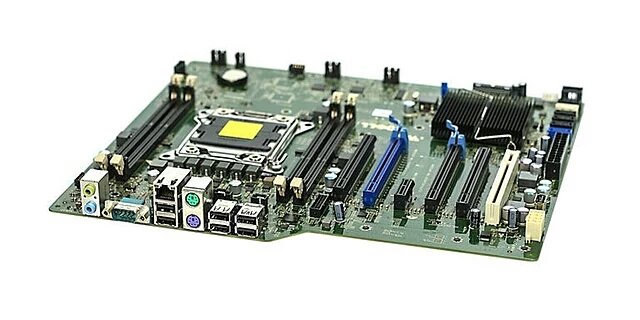
What Is A Graphics Card?
A graphics card is a component in a computer that handles image and video rendering, making visuals appear on the screen. It takes data from the CPU and translates it into images or graphics that are displayed. This hardware is essential for tasks like gaming, video editing, and graphic design.
Understanding Graphics Card Compatibility
1. Key Factors for Graphics Card Compatibility:
- PCIe Slot Compatibility: Ensure your motherboard has a PCIe x16 slot, as this is standard for most graphics cards.
- Power Supply Requirements: Check that your power supply can handle the wattage and any extra power connectors the card may need.
- Case Dimensions: Verify that your case has enough space to fit the card’s length, height, and cooling components.
- Cooling and Ventilation: Make sure your case provides adequate airflow to prevent overheating with a larger, more powerful card.
- BIOS Compatibility: In order to properly support modern graphics cards, some older motherboards might need a BIOS upgrade.
2. Checking the Right Slot for Your Graphics Card:
- Most graphics cards require a PCIe x16 slot to connect to the motherboard.
- Confirm the PCIe version (like 3.0 or 4.0) for better performance with newer cards.
- Check if your motherboard has an open PCIe x16 slot and ensure it’s accessible.
- Older motherboards might have limited support for high-performance cards, so verify compatibility.
- The slot’s location affects airflow, so leave room for cooling if possible.
3. Power Supply Needs for Your Graphics Card:
Check that your power supply has enough wattage to support the graphics card, as some high-end models require more power. Also, ensure the power supply has the right connectors, like 6-pin or 8-pin, needed for your card.
4. Ensuring Enough Space in Your Case:
To make sure the graphics card will fit comfortably, measure the case’s width and length. To avoid overheating during prolonged use, leave more room for airflow.
5. Matching Graphics Card to Your System:
To match a graphics card to your system, consider your CPU’s power and the tasks you’ll be using it for, like gaming or video editing. Make sure your motherboard supports the card’s slot type and power needs. Finally, ensure your case has enough space for the card and proper airflow.
Factors Affecting Compatibility
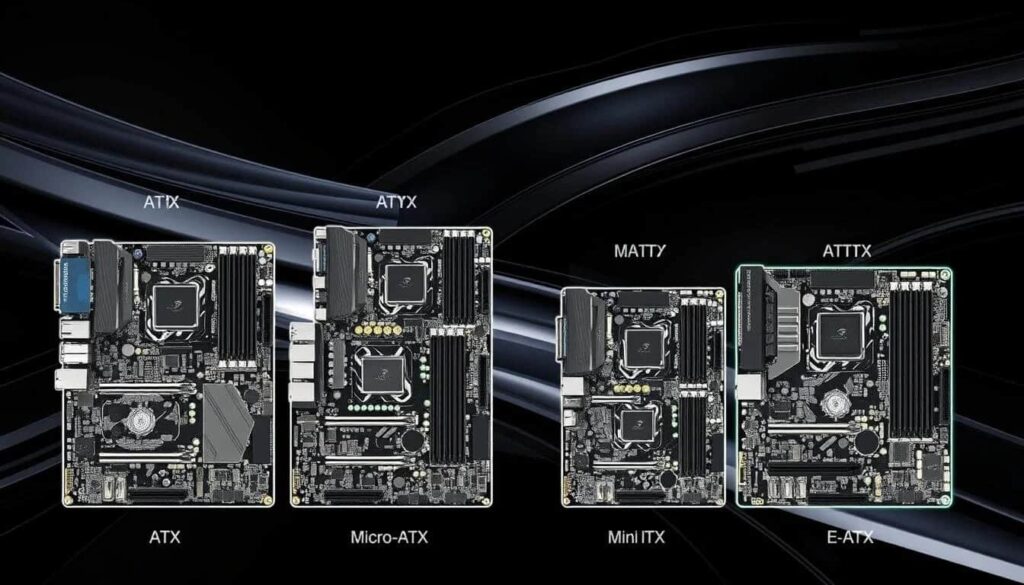
1. PCIe Slot Type and Version:
The PCIe slot type and version are crucial for ensuring a proper connection between your motherboard and graphics card. A PCIe x16 slot is the most common for modern cards, with newer versions like PCIe 4.0 offering faster data transfer speeds for better performance.
2. Power Supply and Wattage Requirements:
The power supply must provide enough wattage to support both your graphics card and other components. Always check the card’s recommended power requirements and ensure your PSU has the necessary connectors to avoid instability or performance issues.
3. Physical Space and Case Size:
When choosing a graphics card, ensure your case has enough room for its length and width, as some high-end cards can be quite large. Also, consider the airflow; a cramped space can lead to overheating, affecting performance.
4. CPU and Graphics Card Pairing:
A good CPU and graphics card pairing ensures smooth performance without bottlenecks. If your CPU is too weak for the graphics card, it can limit the card’s potential, while a powerful CPU will let the card perform at its best.
5. Cooling and Airflow Considerations:
Proper cooling and airflow are crucial to ensure your graphics card runs efficiently without overheating. Make sure your case has good ventilation and enough space for the card’s fans to operate freely, keeping temperatures in check.
How do I find my motherboard model?
To find your motherboard model, you can start by checking your computer’s manual or the box it came in, as it often lists the motherboard details. If you’re unable to find it there, you can use system information tools like CPU-Z or Device Manager on Windows, which provide details about your motherboard.
Another option is to open your case and look for the model number printed directly on the motherboard itself. It’s usually near the CPU socket or between the RAM slots. Knowing your motherboard model helps ensure you get compatible upgrades and parts for your system.
What Is The Minimum Psu Requirement For A Graphics Card?
The minimum PSU (Power Supply Unit) requirement for a graphics card varies depending on the card’s power consumption and the rest of your system’s needs. Graphics cards typically have their own recommended PSU wattage, but it’s important to consider the total power draw from all components, including the CPU, storage devices, and fans. A higher wattage PSU ensures stability and allows for future upgrades without overloading the system.
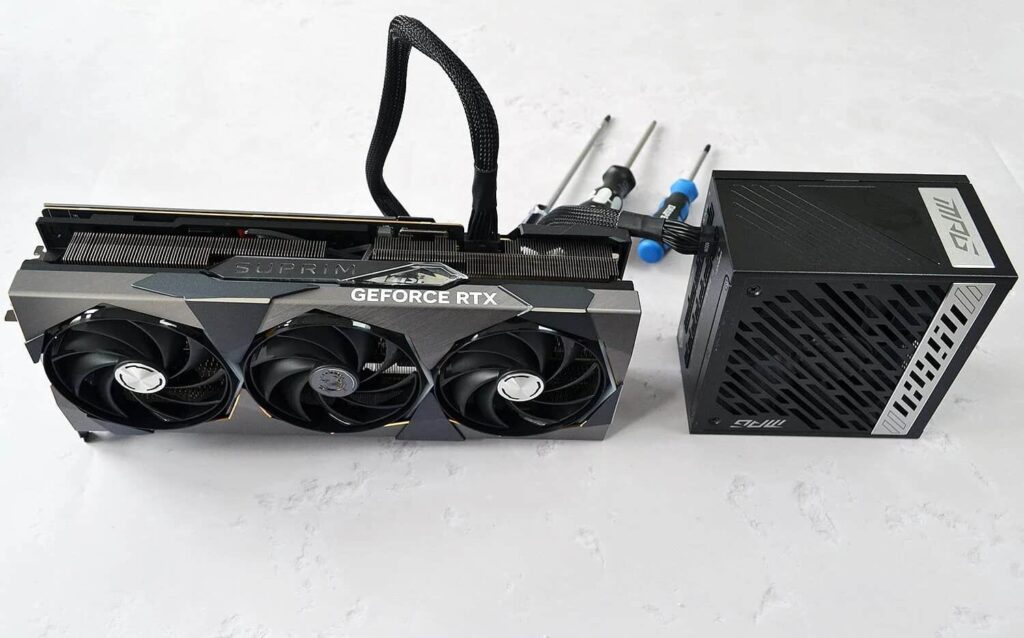
- Entry-level graphics cards usually require around 300-400 watts of PSU power.
- Mid-range cards typically need a PSU between 500-600 watts.
- High-end graphics cards may demand 700 watts or more, especially if overclocking is involved.
- Always check the manufacturer’s recommendations to match the PSU to the card’s needs.
- It’s better to have a little extra wattage than to run your PSU near its maximum capacity.
NVIDIA Graphics Card Compatibility Check
- Ensure your motherboard has a PCIe x16 slot, which is required for NVIDIA graphics cards.
- Check your PSU’s wattage and connectors to make sure it can handle the card’s power requirements.
- Verify that your case has enough space for the size of the NVIDIA graphics card you plan to install.
- Make sure your CPU is powerful enough to avoid bottlenecking the performance of the graphics card.
- Update your system’s BIOS if needed to support newer NVIDIA graphics cards.
Faq’s
Q1: Does my motherboard support this graphic card?
To determine if your motherboard supports a graphics card, check for a PCIe x16 slot and ensure your motherboard’s chipset is compatible. Additionally, verify that your PSU can provide enough power for both the card and other system components.
Q2: Asus B85M-E motherboard CPU and GPU compatibility?
The Asus B85M-E motherboard supports Intel 4th generation CPUs (like i3, i5, and i7), so choose a compatible processor from that range. For GPUs, it has a PCIe x16 slot that works with most modern graphics cards, though you should check your PSU wattage for higher-end options.
Q3: Can my motherboard support multiple graphics cards?
If your motherboard has multiple PCIe x16 slots and supports SLI or CrossFire, you can use two or more graphics cards, but ensure your PSU and case can handle the setup.
Q4: How do I know if my case will fit a new graphics card?
Measure the available space in your case, checking both length and width, and compare it to the size specifications of the graphics card you’re considering.
Q5: Are there any compatibility issues between AMD and NVIDIA graphics cards and my motherboard?
Most motherboards with a PCIe x16 slot will support both AMD and NVIDIA graphics cards, but make sure the power supply and cooling system meet the demands.
Conclusion:
Finding the right graphics card for your motherboard depends on ensuring compatibility with your PCIe slot, power supply, and available space. By checking these factors, you can confidently choose a card that meets your performance needs.
Whether upgrading or building a new system, ensuring a good match between your GPU and motherboard will lead to better performance and longevity.
